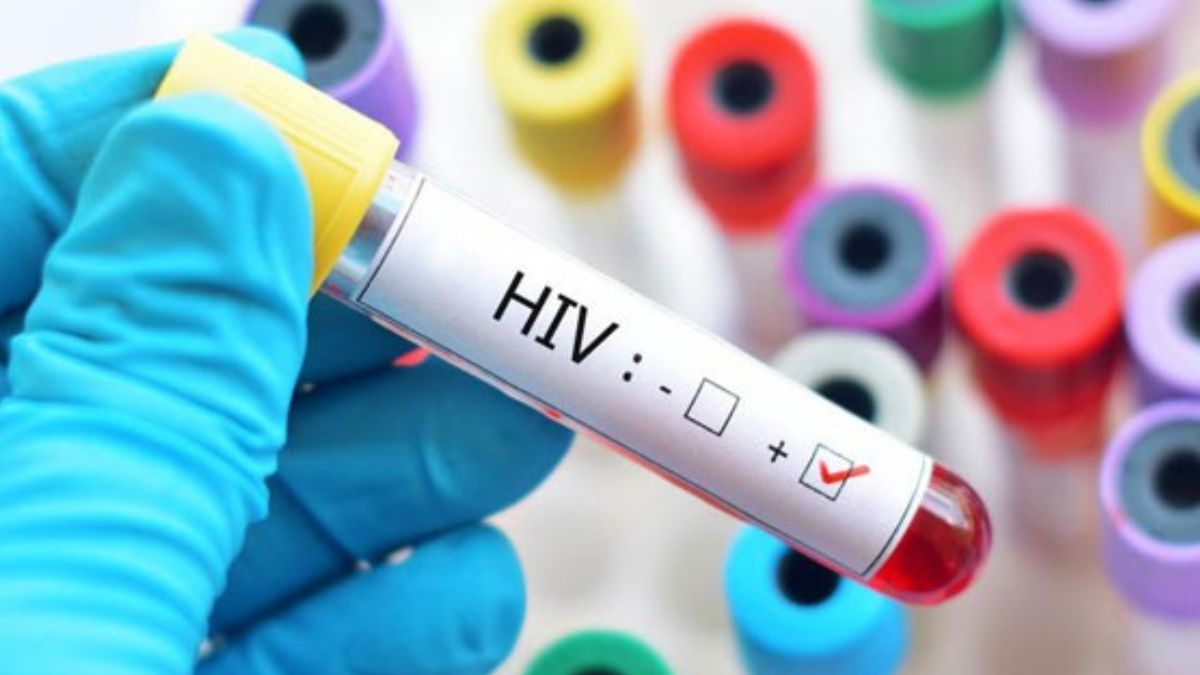Lenacapavir: Why the HIV prevention wonder drug is the latest talk of the town?

'Injectable lenacapavir' (LEN) is now the buzzword in the global HIV response. On July 14, the World Health Organisation (WHO) released guidelines recommending the use of LEN twice a year as an additional pre-exposure prophylaxis (PrEP) option for HIV prevention.
WHO director general Tedros Adhanom Ghebreyesus said that while an HIV vaccine remains elusive, this new drug—which only needs to be injected twice a year—is the next best thing.
Here is why this recommendation to promote LEN could reshape the global HIV response.
Rising load, lowering shield
Around 1.3 million people contracted HIV in 2024 alone. Most of these were sex workers, men who have sex with men, transgender people, people who inject drugs, people in prisons, and children and teens. Massive funding cuts to the global effort to end HIV-AIDS – including the leading US Government programme launched in 2003, PEPFAR—have already shaken the prevention activities around the world, especially in low- and middle-income countries. By the end of 2024, an estimated 40.8 million people were living with HIV, with an estimated 65 per cent in Africa. Approximately 630,000 people died from HIV-related causes globally, and an estimated 1.3 million people acquired HIV, including 120,000 children.
It is in this context that the WHO is now promoting LEN.
New-gen drug
Lenacapavir is a 'first-in-class' HIV drug, meaning it works through a novel mechanism not seen in previous HIV treatments. It targets the HIV capsid—a cone-shaped structure that contains the virus’s genetic material and the proteins it needs to replicate. By disrupting this capsid, Lenacapavir blocks the virus from reproducing inside host cells.
In case the virus evades, lenacapavir has another action that can prevent HIV from forming mature virus particles that propagate the infection.
So, it has multiple mechanisms of action, and that’s why its potential, not just for HIV prevention but also for HIV treatment, has also been investigated. It is currently approved for HIV treatment for people who have limited treatment options and multidrug-resistant infections.
High effectiveness
LEN’s clinical trials demonstrated exceptional effectiveness, with a near-perfect reduction in HIV infections. Its efficacy surpasses existing daily oral pre-exposure prophylaxis options (like tenofovir-based regimens), offering a more reliable preventive tool, especially for populations with inconsistent adherence. LEN’s twice-yearly subcutaneous injection schedule eliminates the need for daily pills, addressing a major barrier to PrEP uptake. Notably, adherence to daily oral PrEP has been a major issue, especially in high-risk groups like young women in sub-Saharan Africa.
Reduced stigma
LEN’s ease of administration aligns with community-based delivery models, enabling healthcare workers to administer injections in non-clinical settings. This could expand access for key populations who face stigma or logistical barriers to healthcare. Biannual administration reduces the visibility of PrEP use, mitigating stigma associated with carrying or taking daily pills, especially in communities where HIV is heavily stigmatized.
WHO-recommended PrEP options until now included daily oral PrEP, injectable cabotegravir and the dapivirine vaginal ring. LEN joins this list, even though access to LEN outside clinical trials still remains limited at the moment.
“The launch of WHO’s new guidelines, alongside the FDA’s recent approval, marks a critical step forward in expanding access to this powerful tool. WHO is committed to working with countries and partners to ensure this innovation reaches communities as quickly and safely as possible,” said Ghebreyesus.
Health